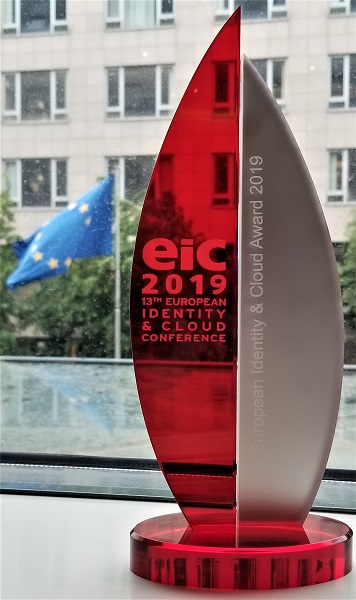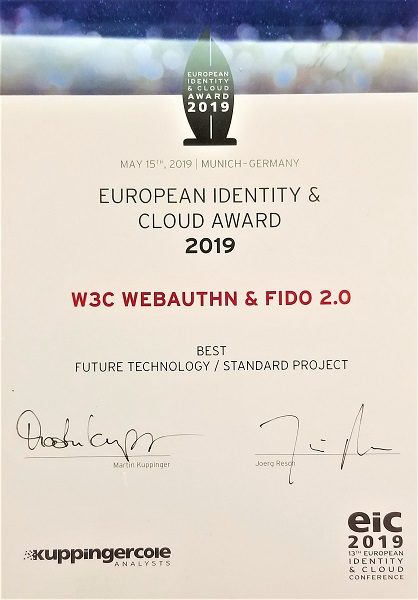 The OAuth Device Flow specification (recently renamed to be the OAuth 2.0 Device Authorization Grant specification) is now RFC 8628. The abstract describes the specification as:
The OAuth Device Flow specification (recently renamed to be the OAuth 2.0 Device Authorization Grant specification) is now RFC 8628. The abstract describes the specification as:
The OAuth 2.0 device authorization grant is designed for Internet-connected devices that either lack a browser to perform a user-agent-based authorization or are input constrained to the extent that requiring the user to input text in order to authenticate during the authorization flow is impractical. It enables OAuth clients on such devices (like smart TVs, media consoles, digital picture frames, and printers) to obtain user authorization to access protected resources by using a user agent on a separate device.
This specification standardizes an already widely-deployed pattern in production use by Facebook, ForgeRock, Google, Microsoft, Salesforce, and many others. Thanks to all of you who helped make this existing practice an actual standard!
 A new version of the Proof-of-Possession Key Semantics for CBOR Web Tokens (CWTs) specification has been published addressing the Gen-ART and SecDir review comments. Thanks to Christer Holmberg and Yoav Nir, respectively, for these useful reviews.
A new version of the Proof-of-Possession Key Semantics for CBOR Web Tokens (CWTs) specification has been published addressing the Gen-ART and SecDir review comments. Thanks to Christer Holmberg and Yoav Nir, respectively, for these useful reviews.






